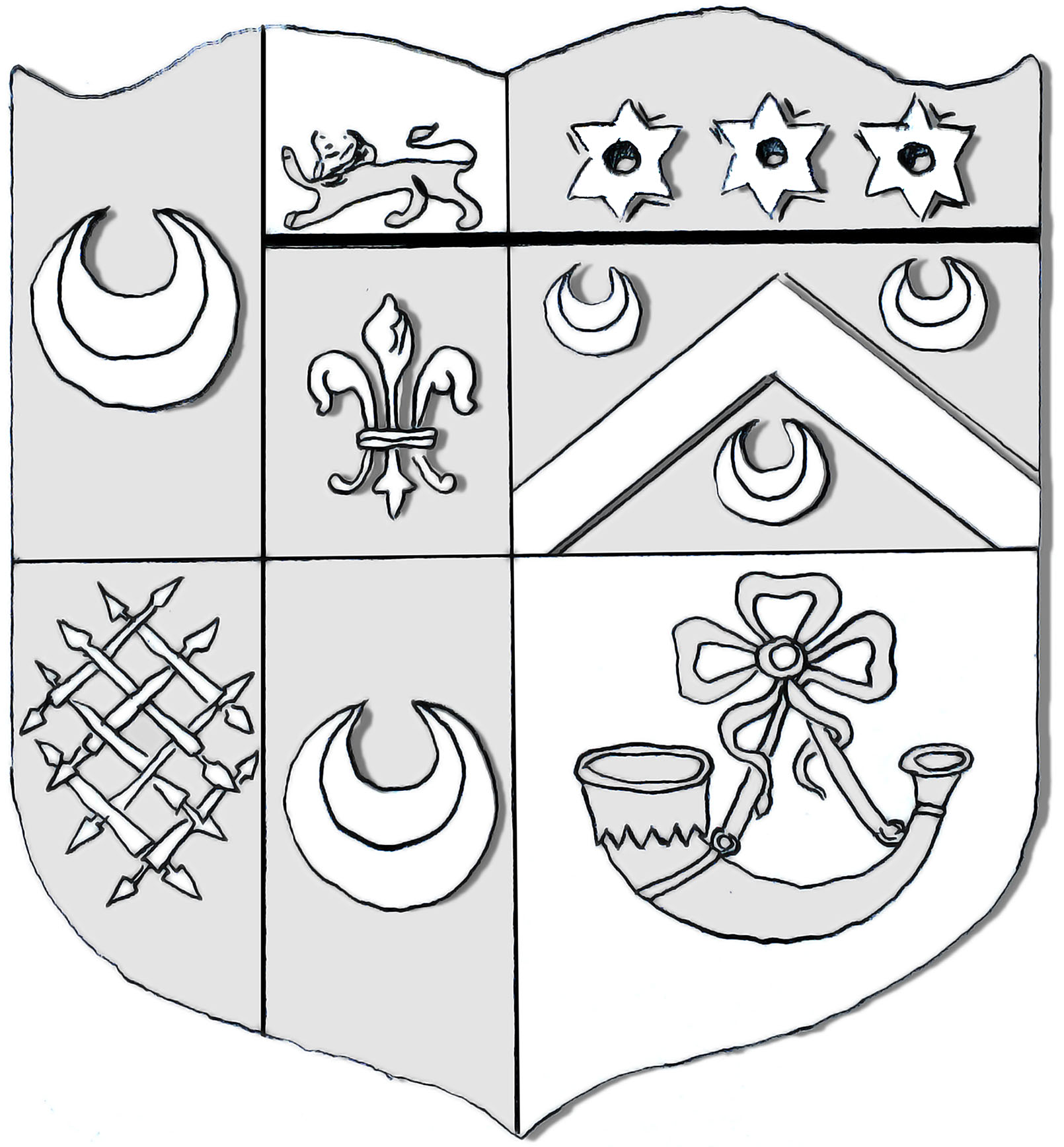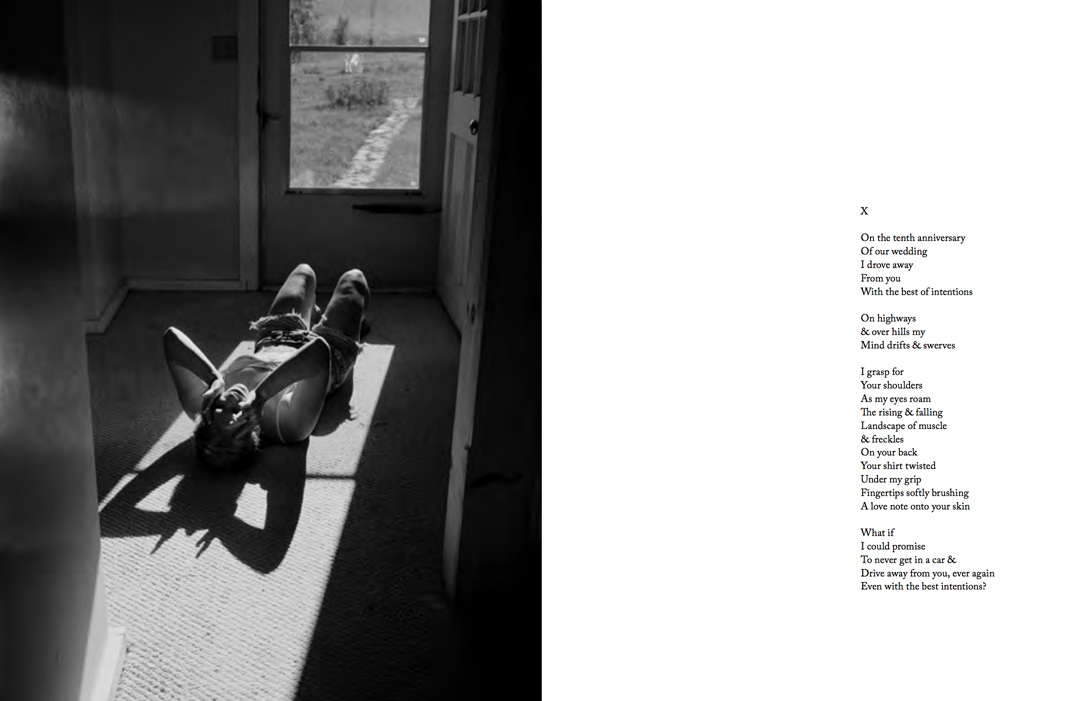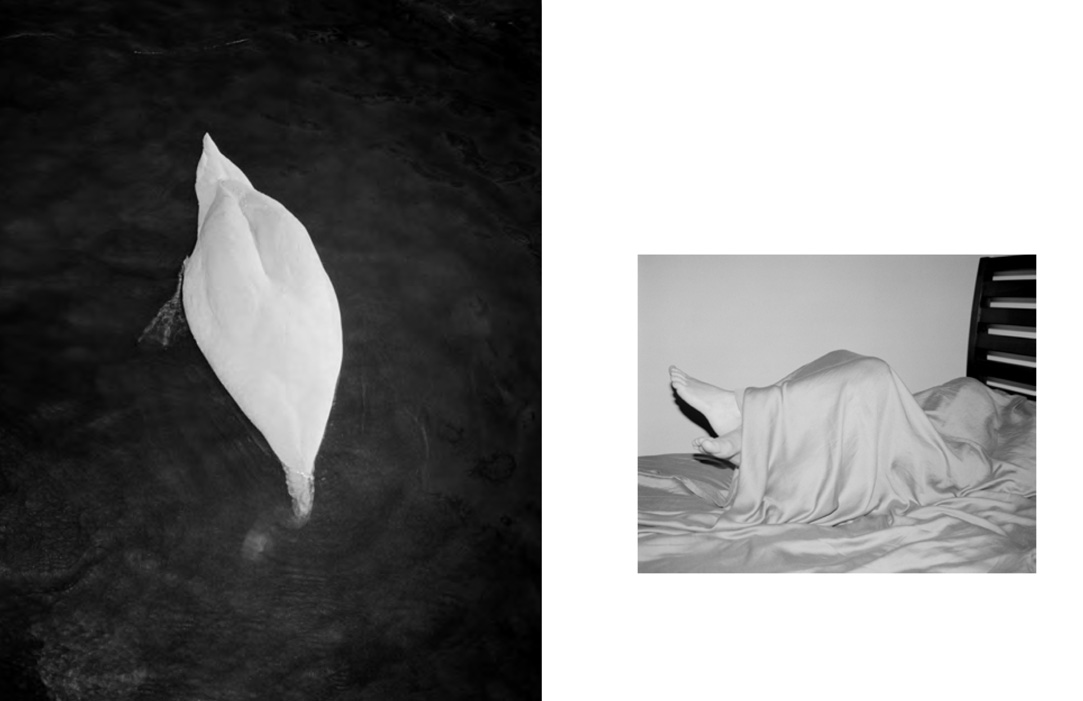How have the photographers Matt Eich and LaToya Ruby Frazier explored themes of attachment and detachment in their own family through their work and, in particular, their most recent projects looking at family?
For my first paragraph, I will be splitting it into 3 different paragraphs separate form one another but I will treat this as my first paragraph because it all works together but of I were to include all content in one paragraph, it would become to much to intake as a reader and so I have decided to split it up. The first part talks about my interpretation of what attachment is. The second part then discuses physiological and scientific theory relating to attachment and detachment and how this relates to my relationship with both my mum and dad. The final part will then move onto to talk about the concept of memory and using a camera to capture memory. Within this I will also comment on my focus on Anders Petersen and JH Engstrom’s work to develop my ability to visually tell a story in a poetic and diaristic manner.
When I hear the word attachment, images of love surface within my mind. I visualise scenes of a girlfriend clinging lovingly to her boyfriend in moments of laughter and intimacy within their new-found romance; young love is what attachment is. Reasoning for this visualisation comes from experience. The knowledge that I am needed by someone else is what provides me with comfort. Attachment is feeling a sense of belonging within this world which can be so harsh in its unforgiving realities. Attachment and acceptance is something I long for in a life that has shown me, face-on and in a time of tenderness at the age of four, the direct implications of what love can do to two adults – unite, yet divide. I have grown up in two different lives (worlds or homes?), one with my mum and the other with my dad. Through this, I have been gently nurtured into a still-developing young man who has learnt and is still learning the meaning of romance. I have understood the sensation of sibling-love. As well, I have accepted the fact that my parents are no longer together and I will, for the rest of my life, live this life and embrace it, as I have done for the past 18 years. There is a still, however, the underlying reality of detachment which on the other hand, connotes opposing visuals; a lonesome astronaut drifting into a deep, dark existence without anything to cling on to.
Harry Harlow, an American psychologist in the mid-1900s studied, in great detail, the concept of maternal separation and dependency needs. He experimented with rhesus monkeys, an Asian species that adapts easily to living with humans [3]. He carried out an experiment in the laboratory to confirm theorist, Bowlby’s previous theory on attachment; Harlow separated the baby monkeys from their biological mothers and paired them with a surrogate mother in the form of a baby doll. He observed that, although the doll didn’t provide them with food or drink, at a time of feeling scared, the baby monkeys clung to the doll for comfort as it had adopted the roll of mother to them. Harlow used this to verify the importance of a mother-child relationship when the child is very young because it reiterates the idea of unconditional love. I feel very strongly that my own mum and I have experienced this when I was much younger and it has benefited our relationship over the last 18 years. This maternal attachment has expanded into a much more secure relationship as we have both developed into our own selves (identities) and, along the way, we have learnt to respect and trust each other, as a mother and son should. With my dad, however, he was the parental figure who was taken away from me. Oblivious to what this would mean to how I would experience future life events, I clung to my mum as a figure of comfort because the next few years of my infancy would prove to be a time of constant change as I moved from house to house to visit my dad wherever he was staying at the time. My project embraces both attachment and detachment and how I situate myself in the centre of it all as I continue to learn the lessons of life both at home and at school with the several people I interact with on a daily basis.
Furthermore, the first 20 years of your life can prove to be the most important and impactful for the years to follow. In this period of time, the most vital events which contribute to self-growth and self-confidence occur. But not everything runs smoothly, as illustrated by my parent’s separation. It is with my camera that I am able to capture memories and when I pick up my camera and release the shutter it is then that I am acknowledging a moment of significance. Joerg Colberg said, in an article published outlining memory in photography, “just like memories, photographs are created with intent” and “all photographs, when used as memories, give us something to hold on to.” [4]. It is this interpretation by Colberg that resonates with my intent as a photographer to capture, consciously, the intimate moments in life. My parents took on this role when I was younger to provide me with the endless photo albums of my 9lb 12oz-self as a baby bouncing around the house I grew up in for 10 years. It is now that I am beginning to take inspiration from my own archival imagery of myself as a young child to capture similar moments of my half-sister, Minnie. As a photographer, I use my camera to collaborate not only with my subjects, but with myself when including myself within the images. Taking inspiration from the work produced by Matt Eich and LaToya Ruby Frazier in their diaristic black and white images for projects looking at family, I have been able to change my perspective from a witness to a performer; from being a witness to the occurrences in front of the camera. I have since found reward from being an actor who performs for the camera and it has expanded my abilities to tell a visual narrative – a skill I have developed from observations of the work of Swedish photographers, JH Engstrom and Anders Petersen. Looking at the books of these artists, I have developed the ability to collate select images which can in-turn have the power to provide meaning beyond the face of the photograph to impact the viewer.

















